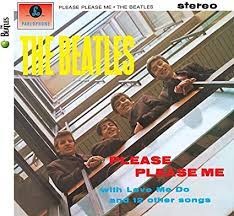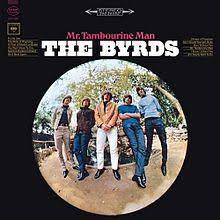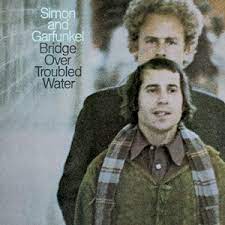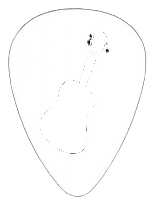60s Guitar Gems and One-Hit Wonders to Learn on Guitar
The 1960s were filled with timeless chart-toppers — but they also gave us a treasure chest of lesser-known hits and one-hit wonders that deserve a second listen.
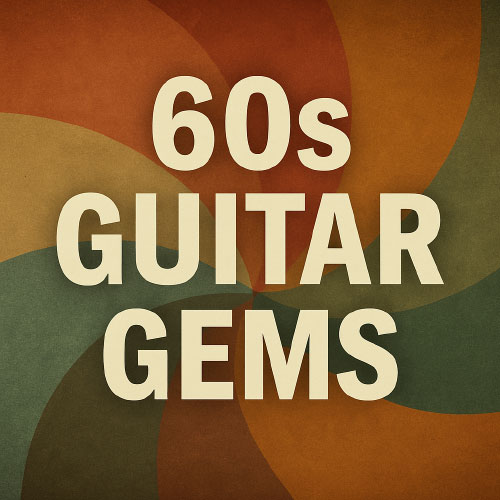
On this page, you’ll find a collection of underappreciated guitar songs from the 60s by artists like Adam Faith, Barry McGuire, Billy Roberts, Joe South, Cilla Black, and others.
Whether you're after protest anthems, heart-tugging ballads, or groovy folk-rock tracks, each lesson offers a unique chance to explore the diverse guitar styles of the era.
🎸 Overview Video -
“Watch This Preview of My Best
60s Guitar Gems And One Hit Wonders”
60s Guitar Gems And One Hit Wonders List
1. Adam Faith - Poor Me2. Barry McGuire - Eve Of Destruction
3. Billy Roberts - Hey Joe
4. Bobby Vinton - Blue On Blue
5. Boyce & Hart - I Wonder What She's Doin' Tonight
6. Chad & Jeremy - A Summer Song
7. Cilla Black - Anyone Who Had A Heart, You're My World
8. Friend & Lover - Reach Out Of The Darkness
9. Joe South - Don't It Make You Wanna Go Home, Games People Play
1. Adam Faith Songs - Learn To Play On Guitar
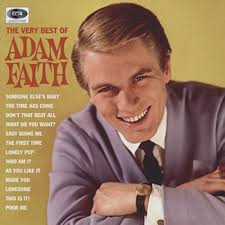
Poor Me is a classic British pop single released in January 1960 as the follow-up to his breakthrough hit "What Do You Want."
Written by Les Vandyke (under the pseudonym Johnny Worth) and produced by John Burgess with orchestration by the renowned John Barry, the song showcases Faith’s distinctive hiccup-style vocals and an upbeat, rock-and-roll-inspired arrangement.
"Poor Me" became a major hit, reaching No. 1 on the UK Singles Chart and cementing Adam Faith’s status as one of Britain’s leading teen idols of the pre-Beatles era.
Its catchy rhythm, polished production, and youthful energy helped define early 1960s British pop, making it a standout track in Faith’s catalog and a memorable piece of pop history.
Chords And Strumming
This one I play a root down up down up root up down up and repeat for rhythm and no lead work in this one. Many chords here including D, D/A#, D/B, Em, A7, Bm, A#, D#/B, D#/C, D#, Fm and a Cm.
Guitar Lesson Details - (chords & lyrics sheet incl with lesson)
Back To Song List
2. Barry McGuire Songs
- Learn To Play On Guitar
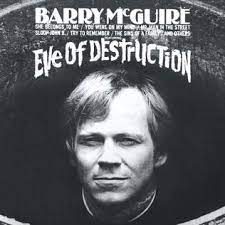
Eve Of Destruction was originally released as a single in 1965 and later appeared on Barry McGuire's album titled "Eve of Destruction." The song was written by P.F. Sloan.
The chart performance was a single and achieved significant commercial success. It reached number one on the Billboard Hot 100 chart in the United States.
The meaning of this song is a protest song that addresses various social and political issues of its time, including the Vietnam War, civil rights, and nuclear weapons. It reflects the anxieties and concerns of the 1960s counterculture.
As the song was released in 1965, during a time when music videos were not as prevalent as they are today, there was no official music video produced for "Eve of Destruction."
Chords And Strumming
For rhythm a simple root up down up root up down up will work here in standard tuning with the chords D, G, A7 and Bm. No lead to worry about in this one.
Guitar Lesson Details - (chords & lyrics sheet incl with lesson)
Back To Song List
3. Billy Roberts Songs - Learn To Play On Guitar
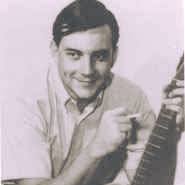
Hey Joe, while written and copyrighted by Billy Roberts in 1962, did not appear on a major album by Roberts himself during the 1960s. The song was also popularized by the late Jimi Hendrix.
The song first found its way onto an LP with The Leaves' 1966 release titled Hey Joe. Released as a single by The Leaves, it became the only version to crack the Billboard Top 40, peaking at number 31.
Fascinatingly, the song’s origins are often debated, with some claiming it was inspired by a song written by Roberts' ex-girlfriend, Niela Miller, titled "Baby, Please Don't Go to Town."
Chords And Strumming
There is one main riff in this one with a down down up down down up and repeat rhythm pattern. The chords here are E, C, D, G and A.
Guitar Lesson Details - (chords & lyrics sheet incl with lesson)
Back To Song List
4. Bobby Vinton Songs - Learn To Play On Guitar
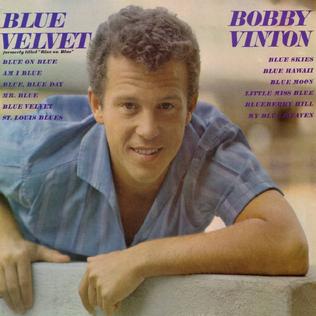
Blue On Blue served as the title track for Bobby Vinton's 1963 album and successfully climbed to #3 on the Billboard Hot 100.
Written by the legendary duo Burt Bacharach and Hal David, the song helped cement Vinton's sentimental "Blue" persona alongside his other hits like "Blue Velvet."
While Vinton owned the chart success, the song was later covered by artists like Paul Anka. The arrangement features a distinct, repetitive backing vocal chant that became a signature hook of early 60s pop radio, perfectly capturing the "Nashville Sound."
Chords And Strumming
The song originally is played with a capo 3rd fret and with a one fret jump after the 2nd chorus but instead I play this one with a capo 2nd in standard tuning and use a picking break instead and just stay in the beginning key.
Guitar Lesson Details - (chords & lyrics sheet incl with lesson)
Back To Song List
5. Boyce & Hart Songs - Learn To Play On Guitar
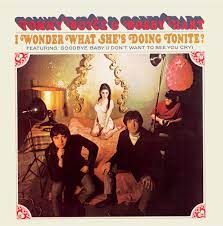
I Wonder What She's Doin Tonight climbed to #8 on the Billboard Hot 100. I Wonder What She's Doing Tonight was the biggest hit for the songwriting duo Tommy Boyce and Bobby Hart.
Featured on their 1968 album of the same name, this track proved they could be stars in their own right, rather than just writing smashes for The Monkees.
The song features a catchy "alright" refrain that captures the upbeat bubblegum pop sound of the era. It famously saw a resurgence when it was included in the soundtrack for the film Grown Ups 2, introducing it to a modern audience.
Chords And Strumming
This one is played with a capo 3rd fret and in drop D tuning. Only three chords which are D, C and a G. The rhythm here is in two parts using all down strokes for the verses and the a steady down up down up shuffle pattern in the chorus. Some lead required.
Guitar Lesson Details - (chords & lyrics sheet incl with lesson)
Back To Song List
6. Chad & Jeremy Songs - Learn To Play On Guitar
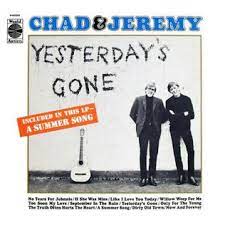
A Summer Song was released in the summer of 1964 with low expectations that the song would have much impact. Even Ringo Starr judged the song as a flop. But the US market loved the song to put it a #7 and #2 on two different charts. The song also reached #7 in Canada and has appeared in several films over the years.
The song went on to be covered by different artists and even in different languages. The duo were on again and off again with several reunions and finally packed it in in 2016. In 2020, Chad Stewart passed away from pneumonia.
Chords And Strumming
I play this with a capo 2nd fret to stay in the original key using the chords G, Bm, C, D, Em, B7, Am, D7, A# and an E. You can play a root down up root up down up rhythm pattern in standard tuning with a few riffs.
Guitar Lesson Details - (chords & lyrics sheet incl with lesson)
Back To Song List
7 Cilla Black Songs - Learn To Play On Guitar
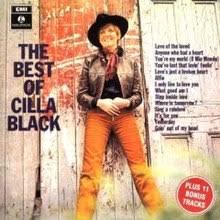
Anyone Who Had A Heart became a career-defining moment for Cilla Black, rocketing to #1 in the UK in 1964.
Although Dionne Warwick released the original version in the US (where it peaked at #8), Beatles producer George Martin produced Cilla's version, helping her outsell Warwick internationally.
This dramatic ballad was written by Burt Bacharach and Hal David. It has since been covered by powerful vocalists like Luther Vandross and Linda Ronstadt, but Cilla’s version remains the gold standard in Britain, famously staying at #1 for three weeks.
Chords And Strumming
You can play this one with two rhythm patterns either all down strokes or a down down up down up and repeat. A few picking melody riffs in here in standard tuning using the chords Abm, Gb, E, A, D, G, G6, C, B7, D7, E7 and a Cmaj7.
Guitar Lesson Details - (chords & lyrics sheet incl with lesson)
Back To Song List

You're My World secured Cilla Black's second consecutive #1 hit in the UK in 1964, though it only reached #26 in the US.
The song is actually an English adaptation of an Italian track called "Il Mio Mondo." The dramatic orchestral arrangement suited Cilla's powerful voice perfectly.
Interestingly, while Cilla conquered the UK with this number, Australian singer Helen Reddy recorded a cover version in 1977 that finally took the song to #1 on the US Billboard Hot 100, fulfilling its American potential decades later.
Chords And Strumming
The rhythm here should be a down down up down up down up and repeat and a capo where it needs to be to fit your vocals. A bit of melody picking here in standard tuning using the chords Em, Am, D, G, B7, C, E7, Cm, Dbm, Gbm, B and an A.
Guitar Lesson Details - (chords & lyrics sheet incl with lesson)
Back To Song List
8. Friend & Lover Songs - Learn To Play On Guitar
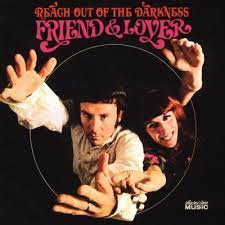
Reach Out Of The Darkness was the signature smash for the folk-pop duo Friend & Lover, appearing on their 1968 debut album of the same name.
The track climbed to #10 on the Billboard Hot 100, cementing the group as a classic "one-hit wonder." The duo consisted of husband-and-wife team Jim and Cathy Post, and the song became a quintessential "flower power" anthem, famous for the lyric "I think it's so groovy now that people are finally getting together."
The track experienced a cultural resurgence when it was featured in a poignant episode of the TV series Mad Men.
Chords And Strumming
You have a shuffle chop sort of a pattern going on here, along with a root down root up down up pattern as well as a down down up down down up rhythm pattern. Standard tuning and no lead as you play through the chords Am, D, Am7, A7, F, G and C.
Guitar Lesson Details - (chords & lyrics sheet incl with lesson)
Back To Song List
9. Joe South Songs - Learn To Play On Guitar
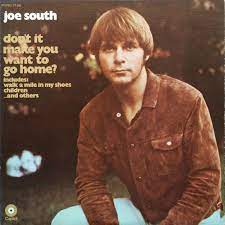
Don't It Make You Want To Go Home made it onto three separate charts when it was released back in 1969 including Pop, Country and Adult Contemporary.
Joe South recorded this with his brother Tommy and sister-in-law Barbara as backup musicians know as The Believers. The song was a top 30 in the US and a top 15 in Canada and Australia.
Brook Benton, Bobby Bare and Glen Campbell are just a few artist who have covered the song through the years. The song can be found on the album of the same name.
Chords And Strumming
You can play this one with the chords G, Am, D, D7 and a C in standard tuning and then up to an E, A and Bm near the end. I do have a little picking in this while you play the rhythm root down up down up down up and repeat.
Guitar Lesson Details - (chords & lyrics sheet incl with lesson)
Back To Song List
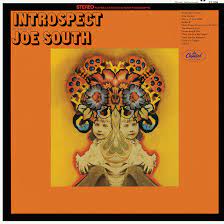
Games People Play appeared on the 1968 album Introspect and reached #12 on the Billboard Hot 100.
This track is notable for its distinct use of an electric sitar, giving it a unique "swamp rock" sound.
Joe South won two Grammys for this composition, including Song of the Year.
The lyrics attack social hypocrisy and hatred. The song’s universal message has led to covers across a wild variety of genres, from a reggae version by Inner Circle to a hard rock rendition by the band Tesla.
Chords And Strumming
I play this one lower in the key of G, C and D in Drop D tuning with a down down up down up pattern and repeat. I've also added in a lead break.
Guitar Lesson Details - (chords & lyrics sheet incl with lesson)
Back To Song List
Even though some of these artists had short-lived fame or are remembered for just one big hit, the guitar parts in these songs are memorable and fun to play.
If you’ve enjoyed exploring these 60s guitar gems and one-hit wonders, don’t forget to check out our other 60s collections for more guitar-friendly songs from this unforgettable decade. There’s always another great tune to discover — and learn.
If you liked this 60s guitar gems and one hit wonders page you might also like ... (click images)
Popular Songs From The 60s
